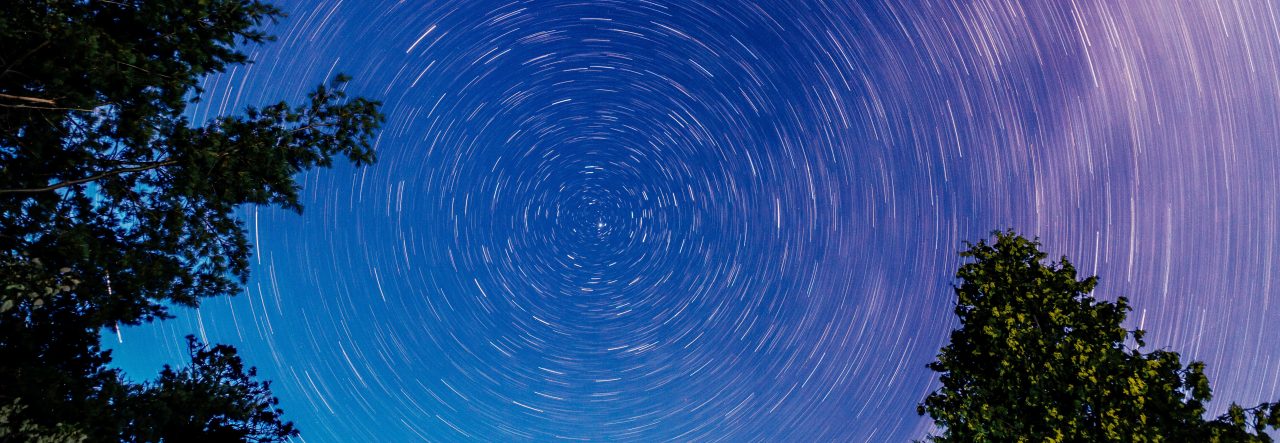New Age music is a genre that does not adhere to strict musical boundaries, and its characteristics can vary widely. Here are more detailed aspects of New Age music:
Origin: The term “New Age” was originally associated with a spiritual movement in the 1960s-1970s, aiming for personal and spiritual growth. The music that emerged alongside this movement included elements of relaxation and meditation.
Mood and Atmosphere: New Age music is often created to evoke a specific mood or atmosphere. It is often aimed at creating a calm and tranquil environment, making it suitable for relaxation and contemplation.
Electronic Elements: While New Age music may include acoustic instruments, it often extensively utilizes electronic synthesizers and ambient sounds. Electronic elements give the genre mysterious and supernatural qualities.
Cultural Influences: New Age composers draw inspiration from various cultural and ethnic musical traditions. This may include elements from Native American music, Asian, Middle Eastern, and Celtic music, among others. The genre welcomes a multicultural and global perspective.
Healing Properties and Health: Many listeners turn to New Age music for its presumed healing properties. Some believe that this music can positively impact mental and emotional well-being, reducing stress and promoting relaxation. It is often used in meditation and therapeutic practices, creating a peaceful atmosphere.
Spatial Sound: Application of spatial sound techniques enhances immersion and meditative qualities of the music.
Minimalism and Repetition: New Age compositions often take minimalist approaches, using repetitive patterns and simple structures. Repetition aims to guide listeners into a contemplative state.
Genre Blending: New Age music frequently intersects with other genres such as ambient, classical, world music, and even elements of jazz. This blending of styles adds to the genre’s eclecticism.
Commercial Success: Despite criticism, New Age music has achieved commercial success. Albums by well-known artists in the genre have gained widespread recognition and popularity.
In general, New Age music is a diverse and evolving genre that continues to incorporate new influences and experiment with various sounds and approaches. Its flexibility allows it to adapt to different contexts, from relaxation practices to film soundtracks.
In New Age, rhythm and percussion can manifest in various ways, often subservient to the overarching goal of creating a relaxing, meditative atmosphere. Here are several characteristics that can be observed:
Gentle Rhythm: New Age music generally features a slow and gentle rhythmic quality. The tempo is often moderate, contributing to a soothing and contemplative experience.
Use of Percussion: Instead of heavy beats and intense percussion, New Age may incorporate light percussion elements. Instruments like tambourines, soft drums, or percussion effects are employed to add texture without disrupting the tranquility.
Atmospheric Soundscapes: The genre often relies on atmospheric sounds and synthesizers to create a dreamlike quality. Instead of a pronounced beat, the emphasis is on creating a flowing and harmonious sonic environment.
Minimalist Approach: New Age compositions often adopt a minimalist approach, using simple and repetitive rhythmic patterns. This minimalism aims to guide listeners into a state of mindfulness and contemplation.
Special Percussive Effects: Some compositions may include special percussive effects like gongs, Tibetan singing bowls, chimes, or other unconventional percussion instruments. These elements contribute to the mystical or relaxation-inducing qualities of the music.
It’s essential to note that New Age, as a genre, is broad and encompasses various substyles and approaches, so the rhythm and percussion elements can vary significantly from one composition to another. Experimentation and freedom in the use of sonic elements are characteristic of the genre’s creative expression.
New Age music is represented by numerous talented and influential artists who have made significant contributions to the genre. Here are some well-known representatives of New Age music:
- Enya: Irish singer and composer known for her emotional and melodic compositions. Her music often features impressive vocal arrangements and the use of various instruments.
- Vangelis: Greek musician and composer whose music spans a wide range of styles, including electronic and ambient. He is renowned for his soundtrack for “Blade Runner” and the music for the film “1492: Conquest of Paradise.”
- Loreena McKennitt: Canadian musician performing Celtic New Age music. Her work combines elements of folk, Celtic music, and world music.
- Kitaro: Japanese composer and musician specializing in electronic and ambient music. He is known for his multi-layered soundscapes and the use of traditional instruments.
- Didier Marouani: French composer and leader of the group “Space.” His music often blends elements of electronic and space music.
- Keith Jarrett: American jazz pianist who also creates music in the New Age style. His improvisational compositions often serve as a means of expressing internal states.
- Yanni: Greek musician and composer known for his epic and orchestral compositions. His music often embodies spiritual and inspirational themes.
These artists represent only a small part of the diversity within New Age music, and many other talented musicians have also contributed to this genre.
